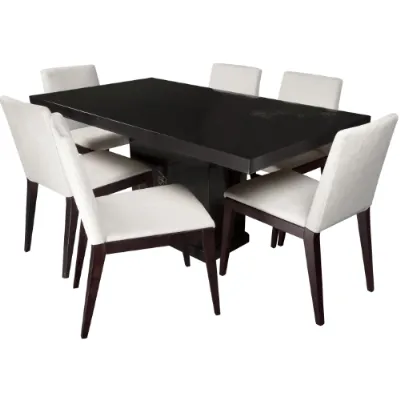Dining Tables
REFINE RESULTS
- Saltaire Collection Rectangular Dining TableSTOCK DUE: 08/05/2024
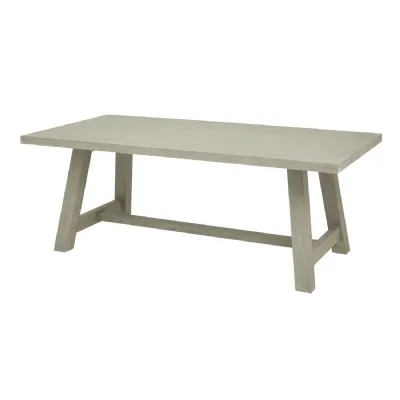
- Luna Collection Square Dining TableIN STOCK
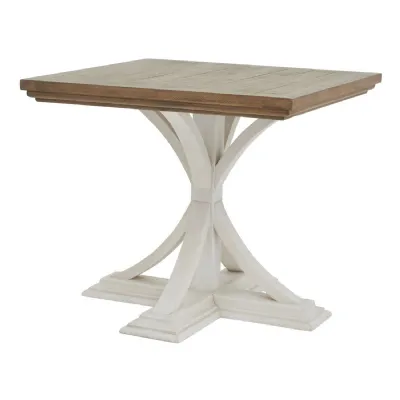
- Luna Collection Rectangular Dining TableIN STOCK
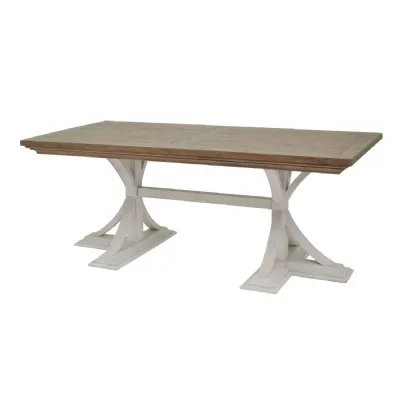
- Live Edge Collection Square Dining TableIN STOCK
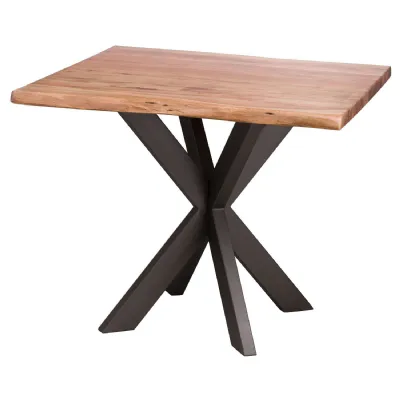
- 1.8m White Sintered Stone Dining Table T6 18T WSTOCK DUE: 07/05/2024
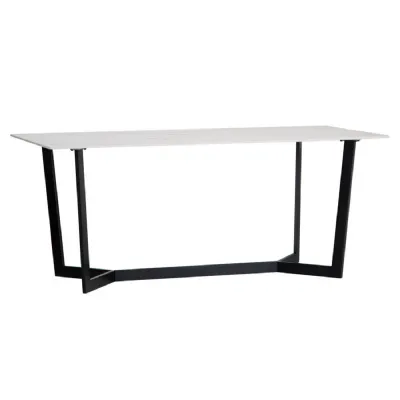
- 1.8m Folding Wooden TableIN STOCK
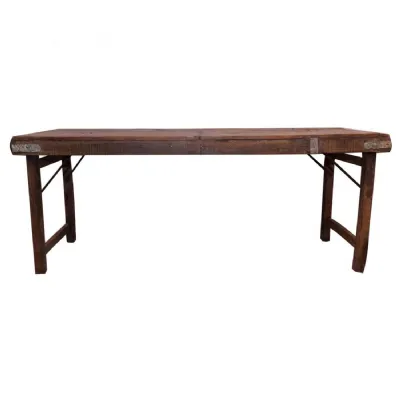
- Iron Folding Table with Wooden TopIN STOCK
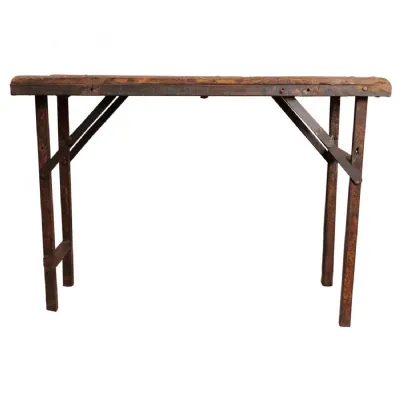
- Round Dining Table 1.5OUT OF STOCK
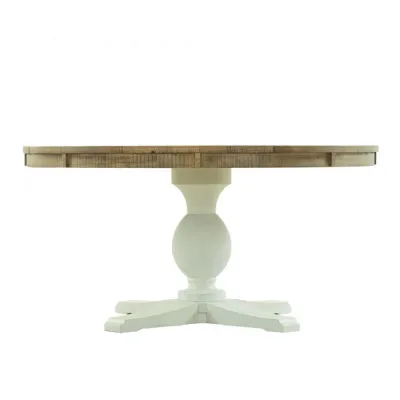
- Dining Table 2mOUT OF STOCK
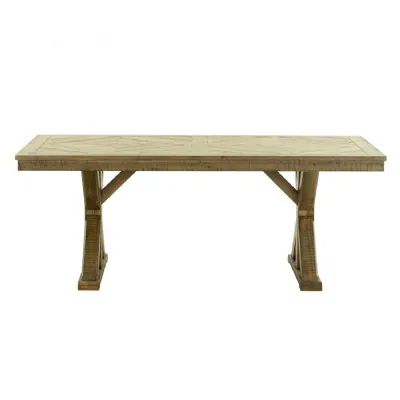
- Wooden Folding Table 150cmSTOCK DUE: 05/06/2024
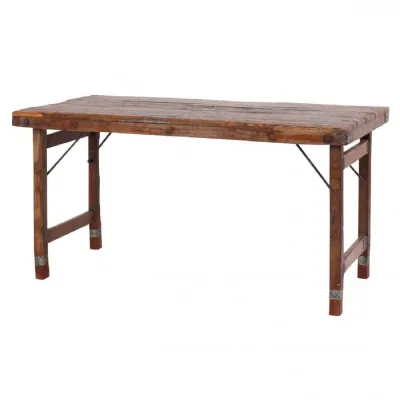
- Reclaimed Wood Dining TableOUT OF STOCK
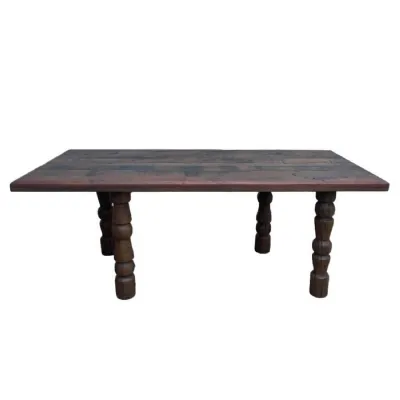
- Adjustable Reclaimed Wood and Metal TableOUT OF STOCK
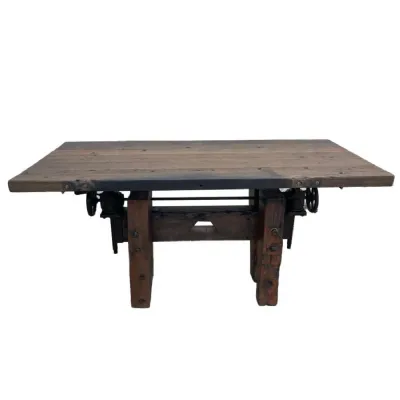
- Reclaimed Wood & Metal Table ( Kidney Shapped)OUT OF STOCK
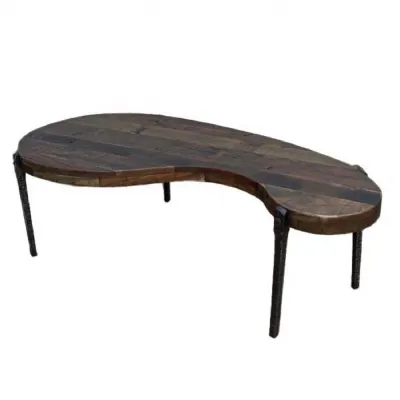
- Reclaimed Wooden and Metal Dining TableOUT OF STOCK
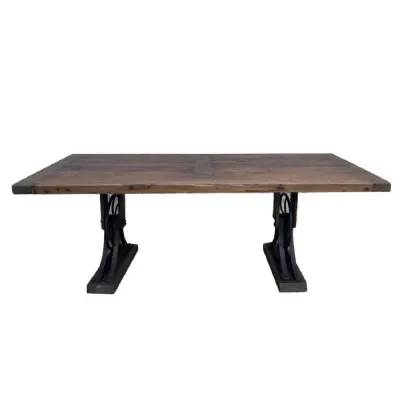
- Square Dining Table SmokedIN STOCK
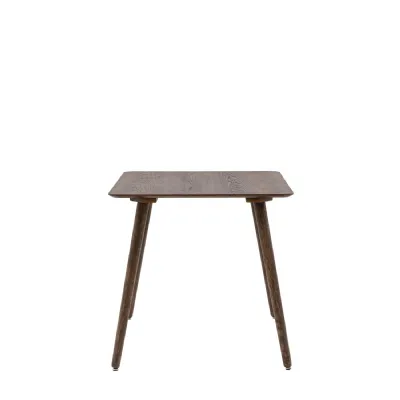
- Round Dining Table SmokedIN STOCK
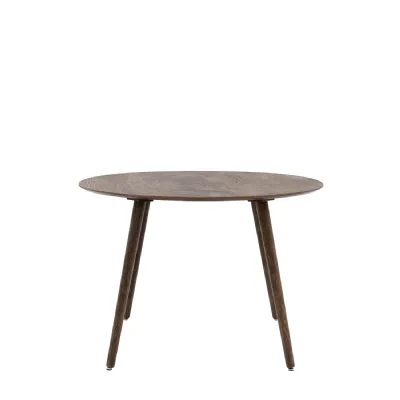
- Dining Table Large SmokedIN STOCK
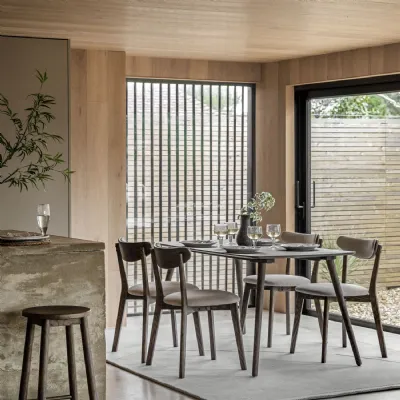
- Round Dining Table SmokedIN STOCK

- Folding Dining Table SmokedSTOCK DUE: 16/07/2024
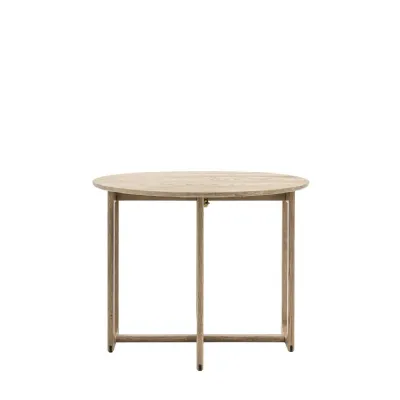
- Smoked Oak Extra Large Extending Dining TableIN STOCK
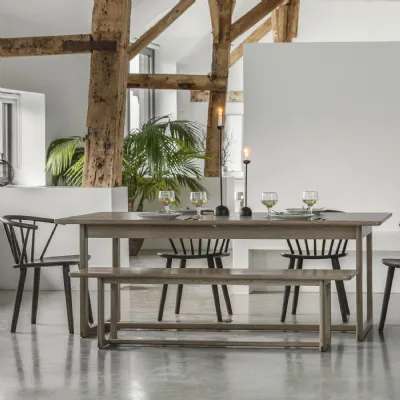
- Dining Table SmokedIN STOCK
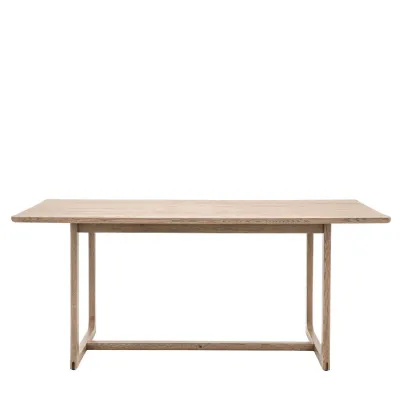
- Large Natural Wooden Live Edge Dining TableIN STOCK

- Small Natural Round Extending Dining Table Cross LegsIN STOCK
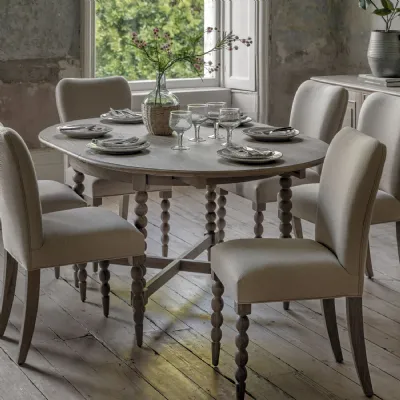
- The Table Collection 1.8m Fixed Top Dining TableIN STOCK
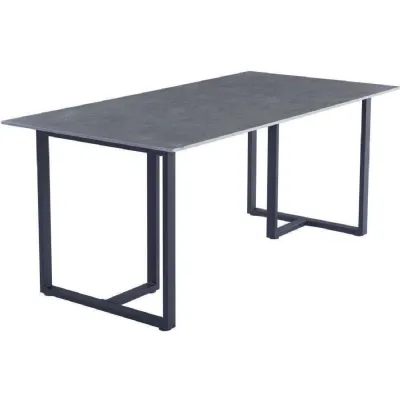
- Grey Stone Fixed Top Dining Table 1.4mIN STOCK
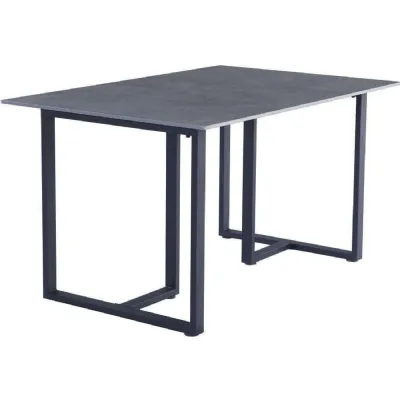
- Signature Blue Dining TableOUT OF STOCK
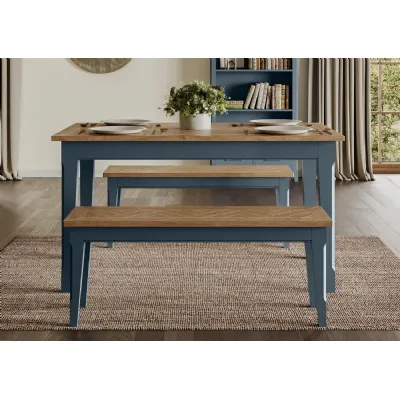
- Signature Blue Square Dining TableGET IT WITHIN 5 DAYS
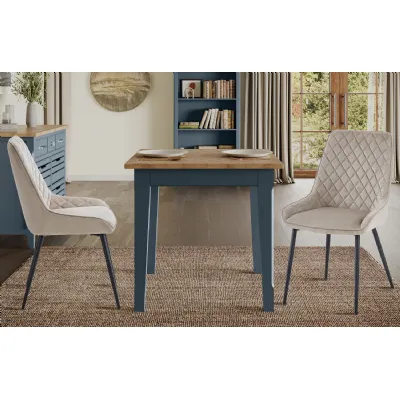
- Signature Blue Extending Dining TableGET IT WITHIN 5 DAYS
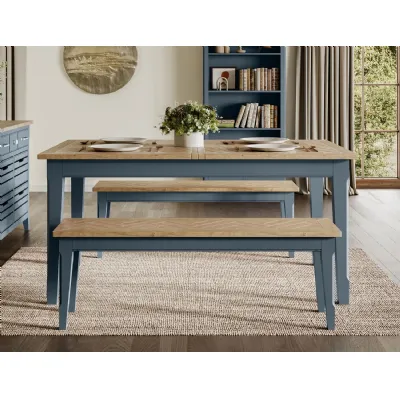
- Marston II Geometric Wooden Dining Table 220cmSTOCK DUE: 09/05/2024
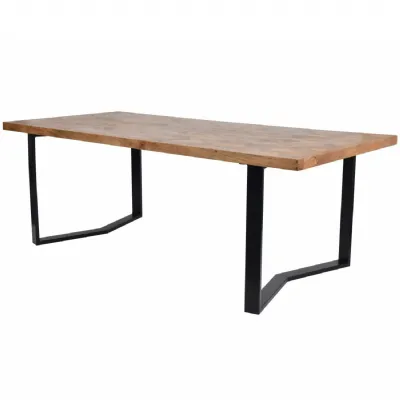
- Maddox Round Dining Table with Metal BaseIN STOCK
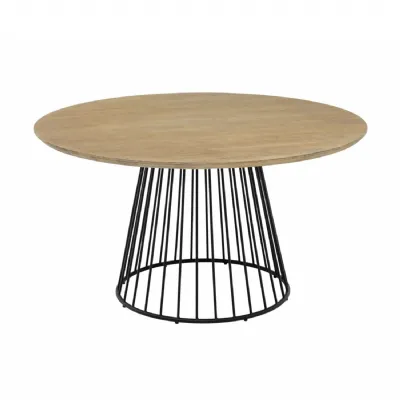
FAQ About Dining Tables
-
Are dining tables a standard height?
As an interior furniture expert, we can confirm that dining tables do not have a strictly standard height, but there are common height ranges that most dining tables fall within. These standard height ranges are designed to accommodate the average height of chairs and provide a comfortable dining experience. Here are the typical dining table heights:
Standard Dining Table Height:
The most common dining table height is approximately 30 inches (76 cm). This height is suitable for most dining chairs and allows for a comfortable seating position for most adults.
Counter Height Dining Tables:
Counter height dining tables are taller, with a typical height range of 34 to 36 inches (86 to 91 cm). These tables are designed to be paired with counter height chairs or stools and are often used in casual dining areas or kitchen islands.
Bar Height Dining Tables:
Bar height dining tables are even taller, with a height range of 40 to 42 inches (102 to 107 cm). These tables are intended for use with bar stools and are commonly found in bars, breakfast nooks, or entertainment areas.
Custom Heights:
In addition to these standard heights, custom-made dining tables can be designed to specific height requirements to suit unique preferences or accommodate individuals with special needs. However, such custom tables are less common and may be more expensive.
When selecting a dining table, it's essential to consider the height in relation to the chairs or stools you plan to use. The goal is to ensure that diners can comfortably sit at the table and eat without feeling cramped or uncomfortable. Keep in mind that table height can also affect the overall visual balance and aesthetics of the dining area, so choose a height that complements your design preferences and the functionality of the space.
-
Do dining tables and chairs need to match?
Dining tables and chairs do not necessarily need to match, and mixing and matching dining furniture can be a stylish and eclectic design choice. Whether or not they should match depends on your personal preferences, the overall design theme of your dining area, and the level of cohesion you want to achieve in your interior decor. Here are some considerations:
Matching Dining Sets:
Traditional Look: If you prefer a more traditional or formal dining room, a matching dining set can provide a cohesive and classic appearance. It creates a sense of symmetry and uniformity.
Ease of Coordination: Buying a dining table and chairs as a set can be convenient because it ensures that the pieces are designed to work together in terms of size, style, and finish.
Mixing and Matching:
Eclectic Style: Mixing and matching dining tables and chairs can add a unique and eclectic flair to your dining space. This approach allows you to incorporate diverse styles, colors, and materials into your decor.
Personalized Expression: Mixing furniture enables you to express your personality and creativity in your dining area. You can select chairs that have sentimental value or that you simply love, even if they don't match the table.
Visual Interest: Contrasting or complementary elements, such as different chair styles or colors, can add visual interest to the room. It can make the dining area feel more dynamic and less uniform.
Space Flexibility: Mixing and matching can also be practical in small spaces where you might need to use different types of seating for various purposes.
When mixing and matching dining furniture, here are some tips to consider:
Coordinate: Even if you're mixing styles, try to maintain some element of coordination, such as color, texture, or a common design element, to tie the pieces together visually.
Balance: Ensure that there's a balance in the overall composition. For example, if you have a bold or eclectic chair choice, consider a more neutral table to balance the look.
Proportion: Pay attention to the proportions of the table and chairs to ensure they work well together in terms of size and scale.
Experiment: Feel free to experiment with different combinations until you achieve a look that you love and that suits your dining space.
Ultimately, the decision of whether to match dining tables and chairs or mix and match them is a matter of personal style and design preference. Both approaches can result in attractive and functional dining areas, so choose the one that best reflects your taste and the ambiance you want to create in your home.

 SEARCH
SEARCH


 info@
info@
